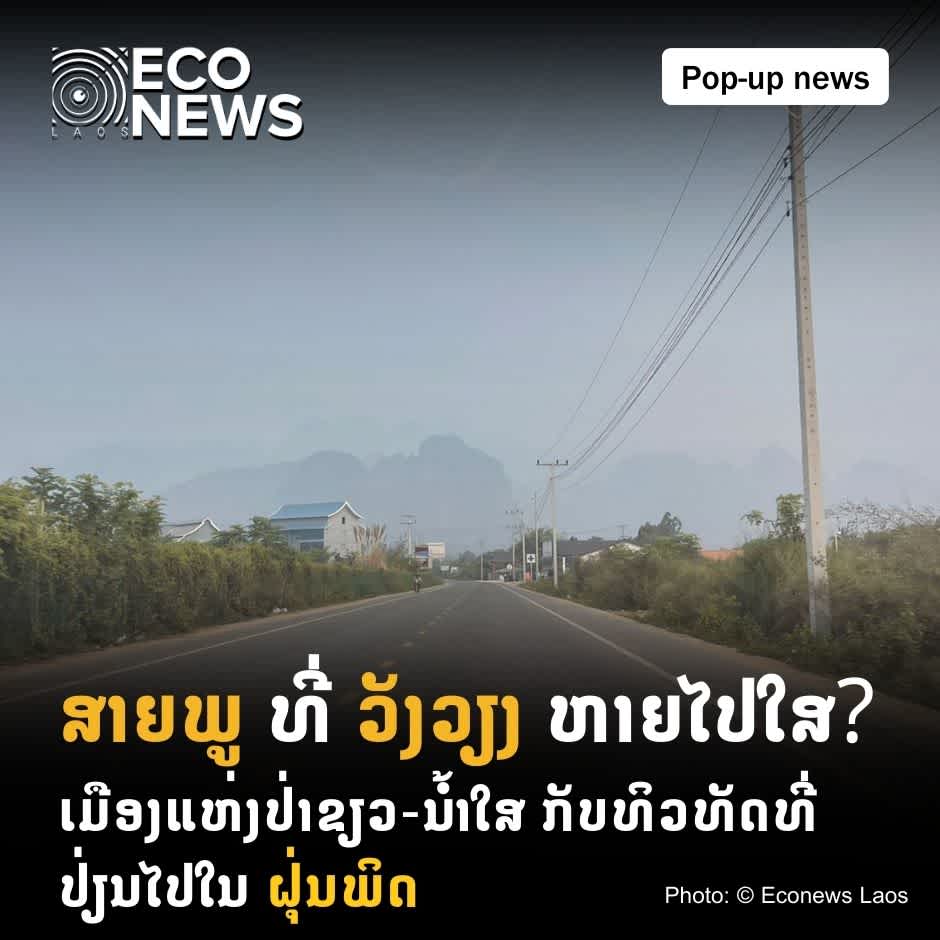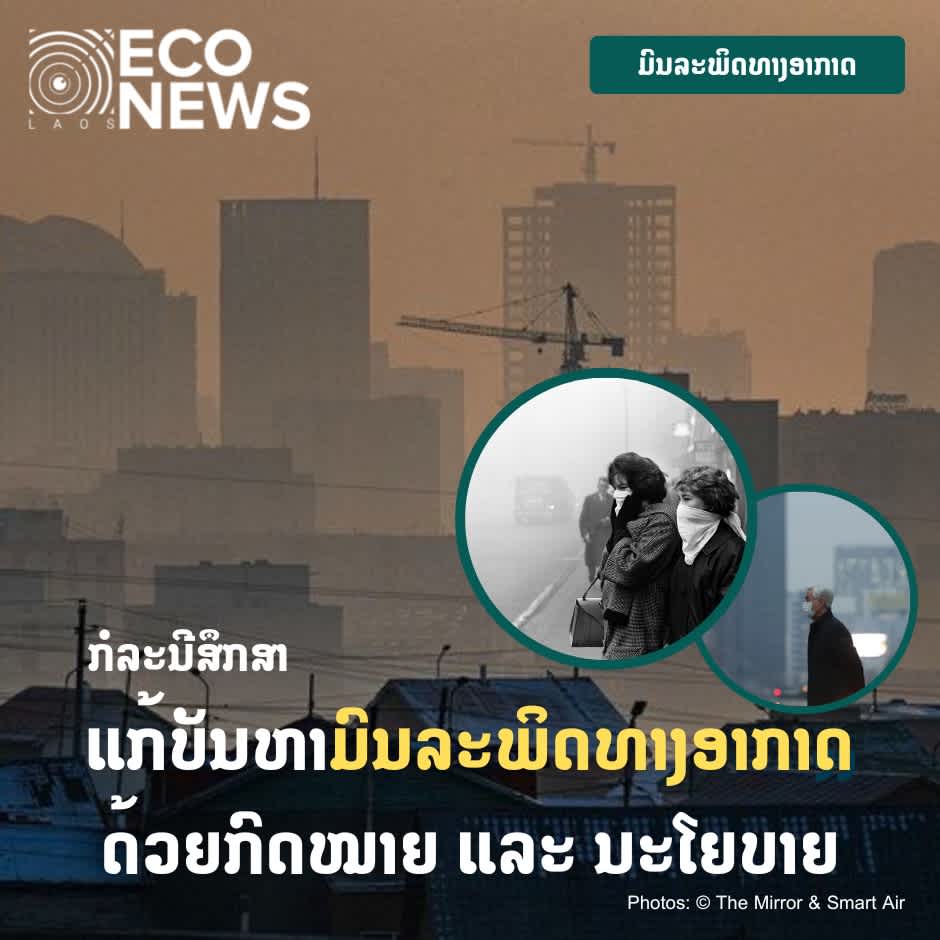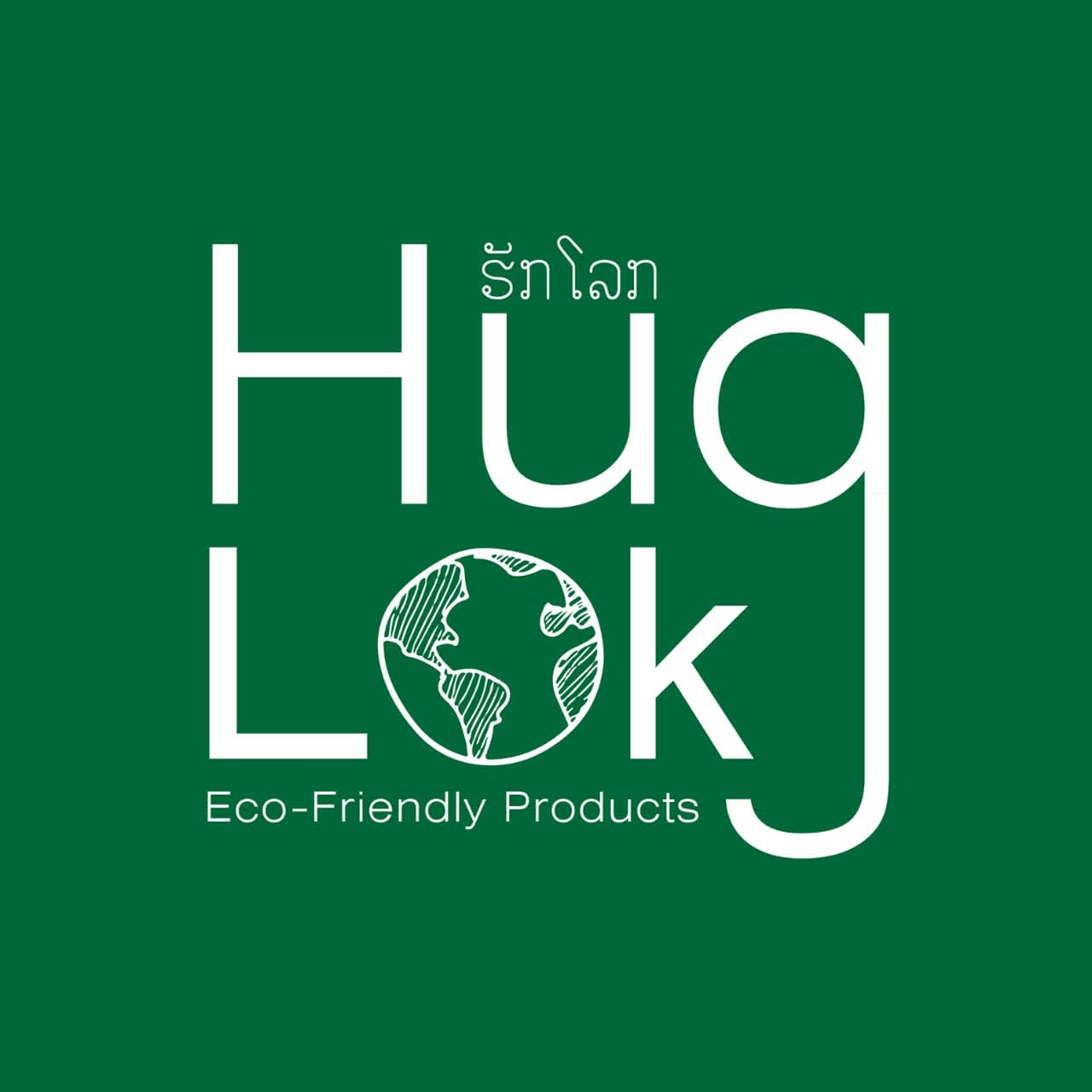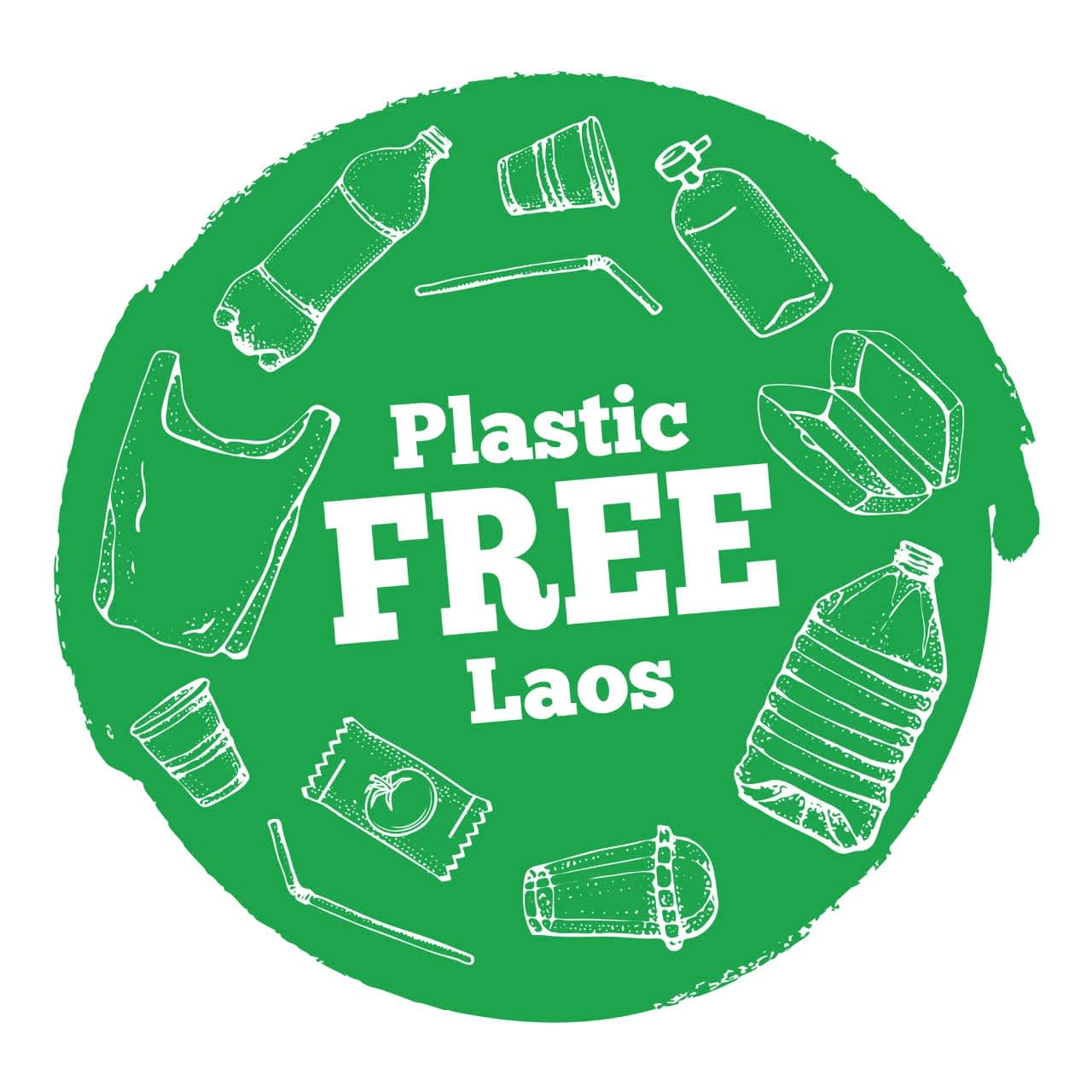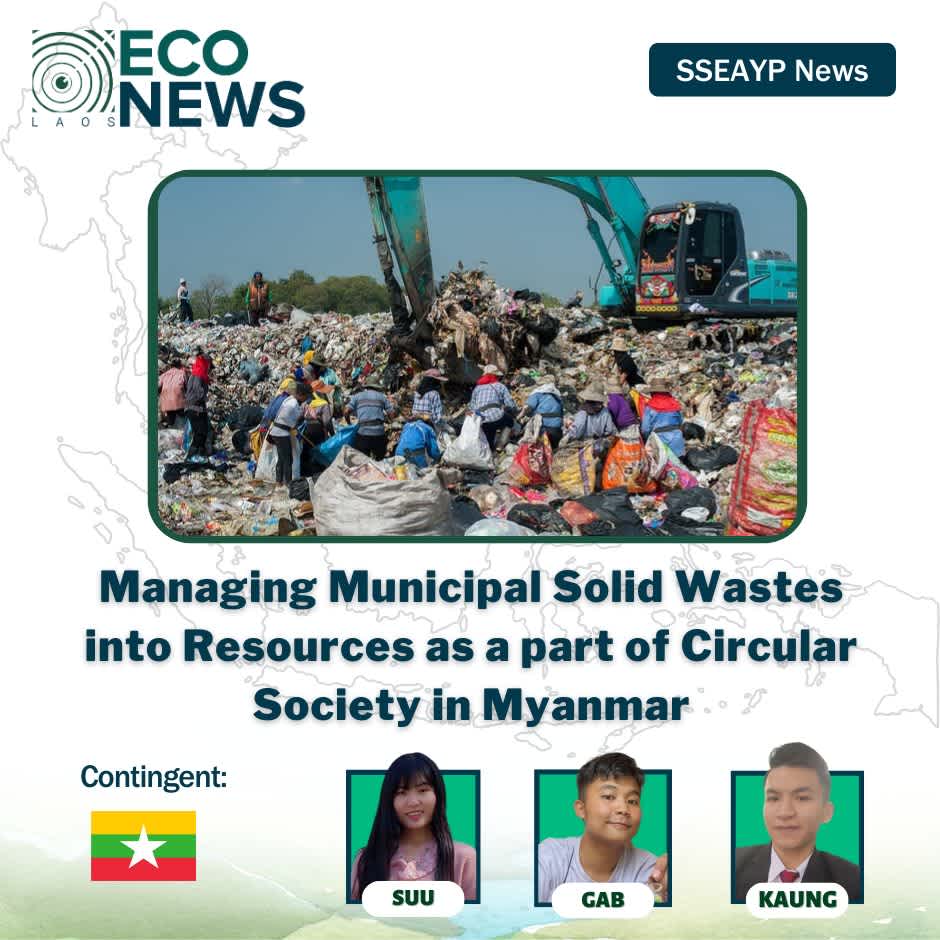
Municipal solid wastes generated from the daily activities of households, commercial and public operations are treated and managed as per waste management hierarchy before final disposal of residual wastes which cannot be converted into resources.
Municipal solid waste (MSW) in Myanmar is mostly generated from households (60%), followed by markets (15%), commercial producers (10%), hotels (2%), gardens (5%) and other institutions (8%). MSW is mainly composed of organic materials (77%), plastic (13%), paper (7%), and other residuals (3%).
MSW are mostly collected through primary collection, secondary collection and final disposal. Primary waste collection methods are door-to-door collection, kerb side, bin container collection, and open or communal waste collection points. Door-to-door collection implies bell-ringing and loud speakers as announcing methods, and thus making it labor intensive. Moreover, it is carried out using either or a combination of pushcarts, tri-bikes and tipper trucks based on physical conditions of the respective areas.
The collected MSW is transported to designated disposal sites located within city boundaries. A number of disposal sites used for waste dumping were found in some mega cities such as Yangon and Mandalay. The problem is disposing of these wastes at open dumping sites without any proper treatment which convert waste to resources. Another problem is the limitation in the life span of dumping sites which is expected to be one or two years to a maximum of five years. Moreover, landfill fires are common which generate dense smoke and noxious fumes into the air. Landfills impose negative impacts to human health, and environment such as air, groundwater and surface water pollution in addition to offensive odors.
In Myanmar, the informal sector such as scavengers, waste collectors, and waste dealers mostly carry out recycling activities in many cities. A significant problem is the limitation of accurate and reliable data on recycling volumes, ratios and the number of recycling factories. However, a sample survey carried out in Yangon City identified that the waste dealers collect 86 tons of recyclable materials per day. Out of 86 tons, 57% was the glass; cardboard and paper accounted for 15% and 13%, respectively. Plastic (7%), tin cans (7%) and other materials such as metal, iron and steel, (1%) were observed to also be collected.
The government of Myanmar and Japan jointly built a waste to energy model plant in Yangon city to develop proper MSW treatment and disposal. This model plant with a capacity of 60 tons/day (1 unit) started operations from April 2017 on a trial basis. The plant is estimated to reduce 4,800 tons of Carbon Dioxide (CO₂) per year, and aims to generate 700 KW. Out of 700 KW, 300 KW is used for its own operations, and the rest is sent to the national grid. Furthermore, another private company, Organic Asia Group from Thailand, had a waste to energy plan from MSW in Mandalay. However, this project has some challenges such as difficulty in selling the generated electricity.
The national waste management strategy and master plan (2018-2030) was implemented to guide an effective waste management service, with strong support from key stakeholders. This master plan adopts the concept of waste management hierarchy and 3Rs to provide desirable ways for how to collect, treat and dispose of waste. Providing 100% waste collection service for all citizens and total elimination of uncontrolled dumping through environmentally sound disposal facilities by 2030 are one of the goals to implement for waste management in Myanmar. Another goal is promoting waste reduction upstream by introducing of sustainable production (in the design, fabrication and manufacturing of products) and consumption (traditional repair and reuse), and promoting reduce, reuse, recycling and recovery of waste materials before disposing of final landfill sites. Several waste treatment methods such as composting, anaerobic digestion, animal feed, and incineration are proposed to effectively manage generated MSW into resources.
#econewslaos#DG8#bethechange#Myanmar#wastemanagement#solidwastemanagement
